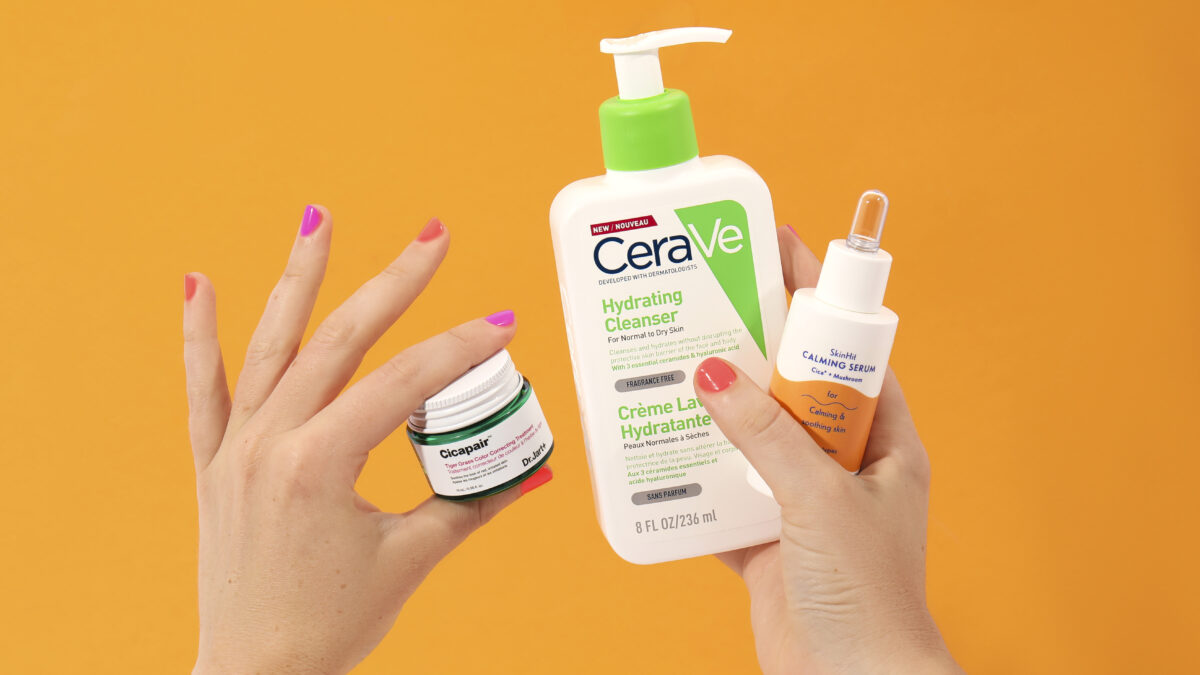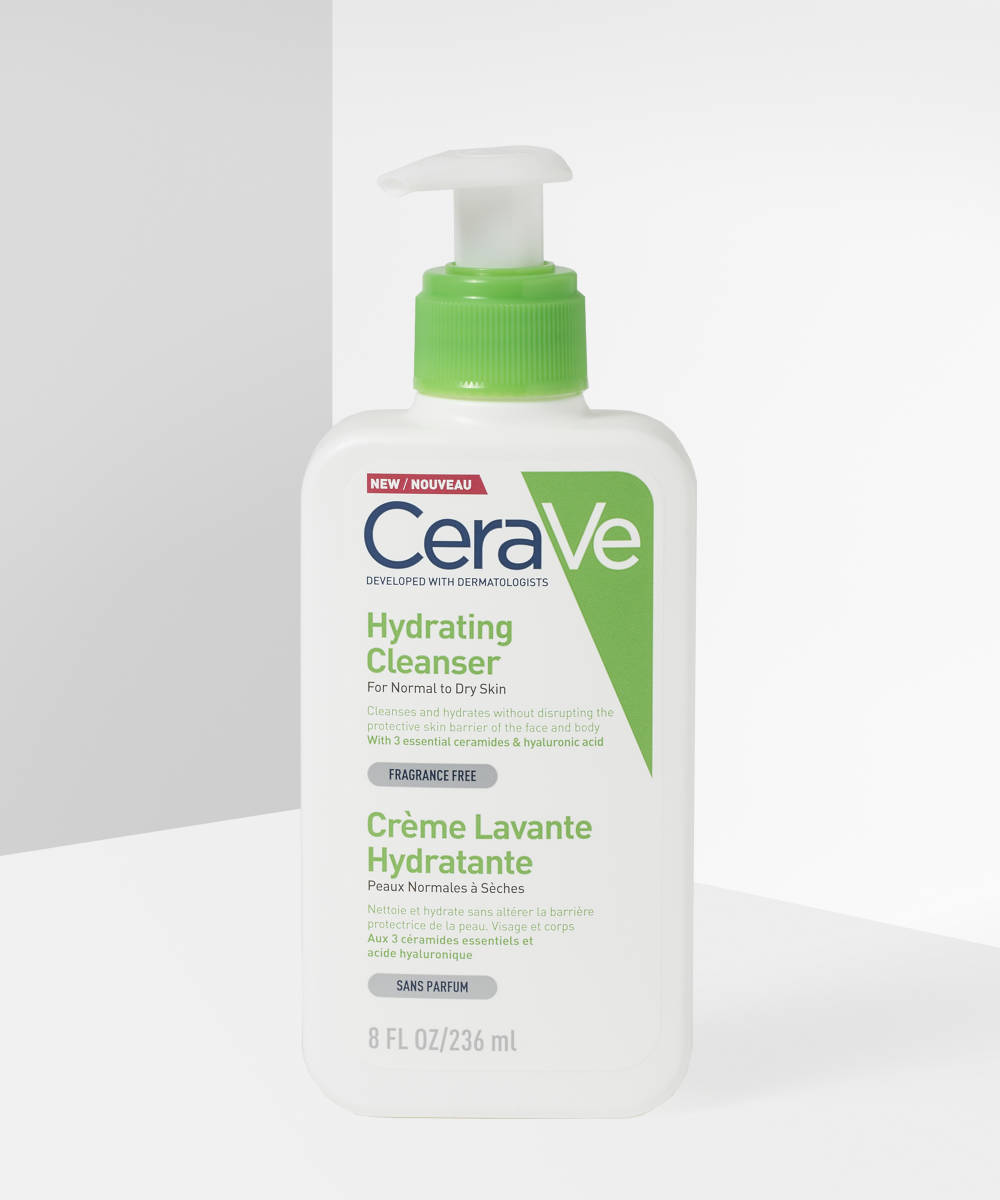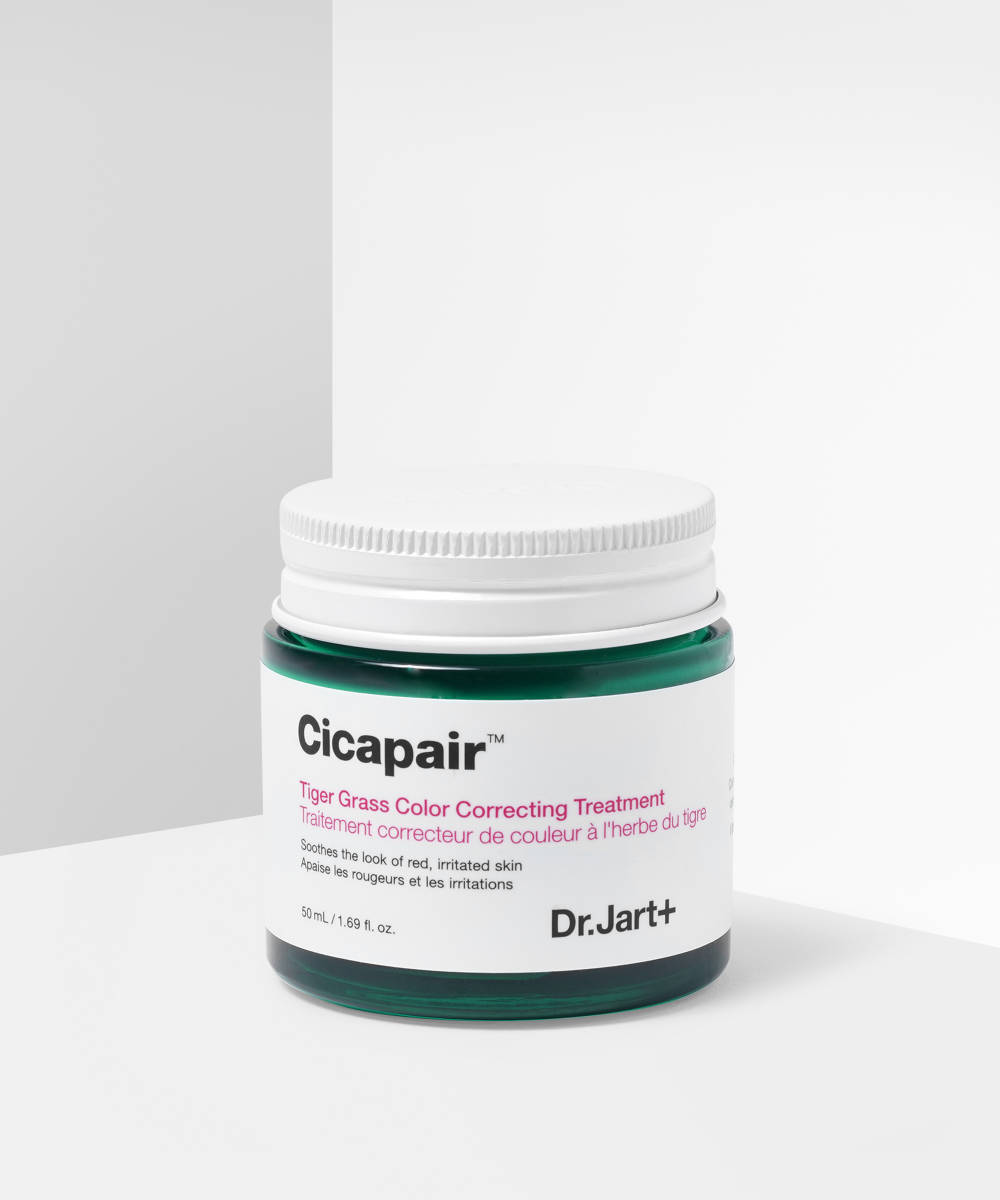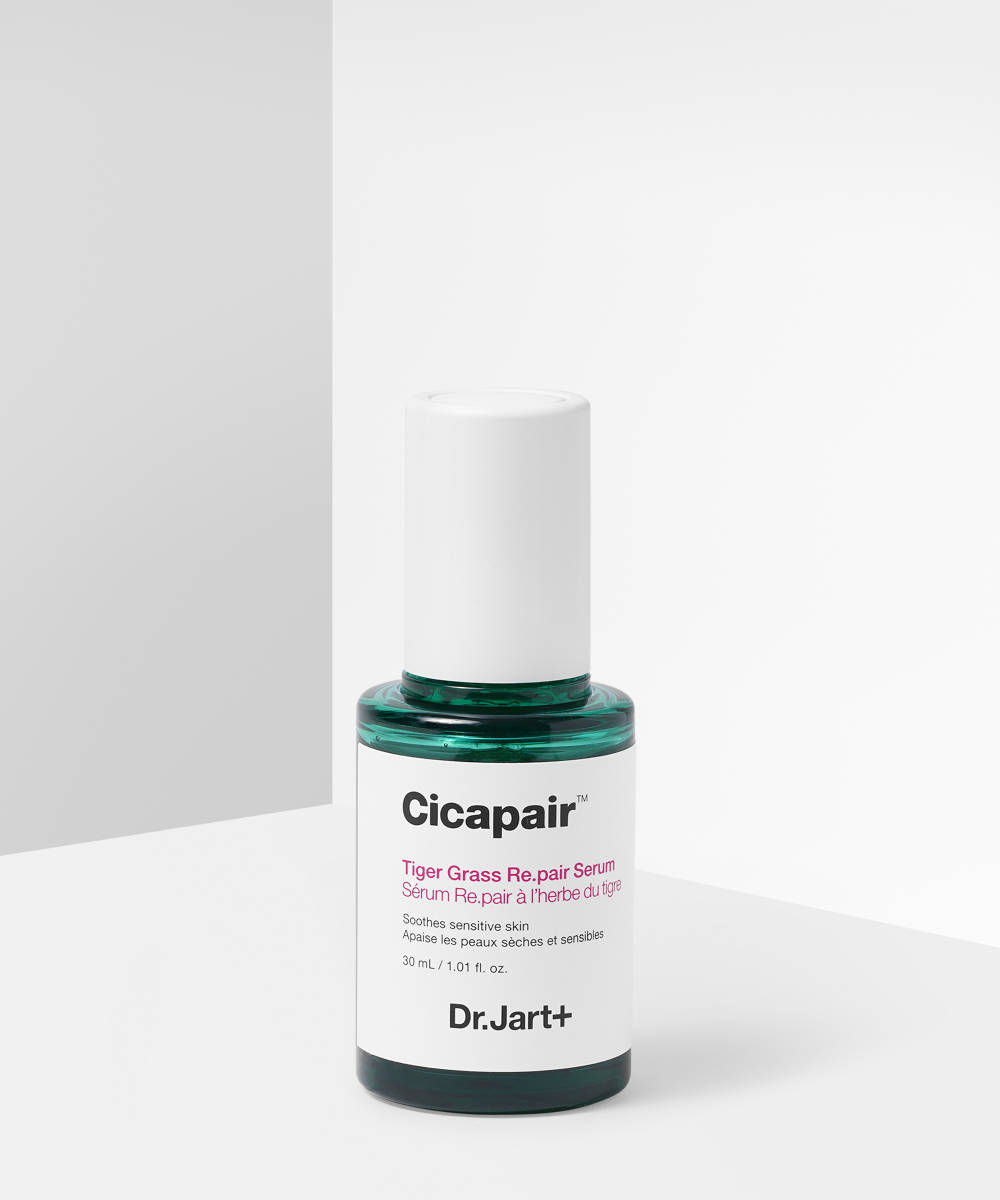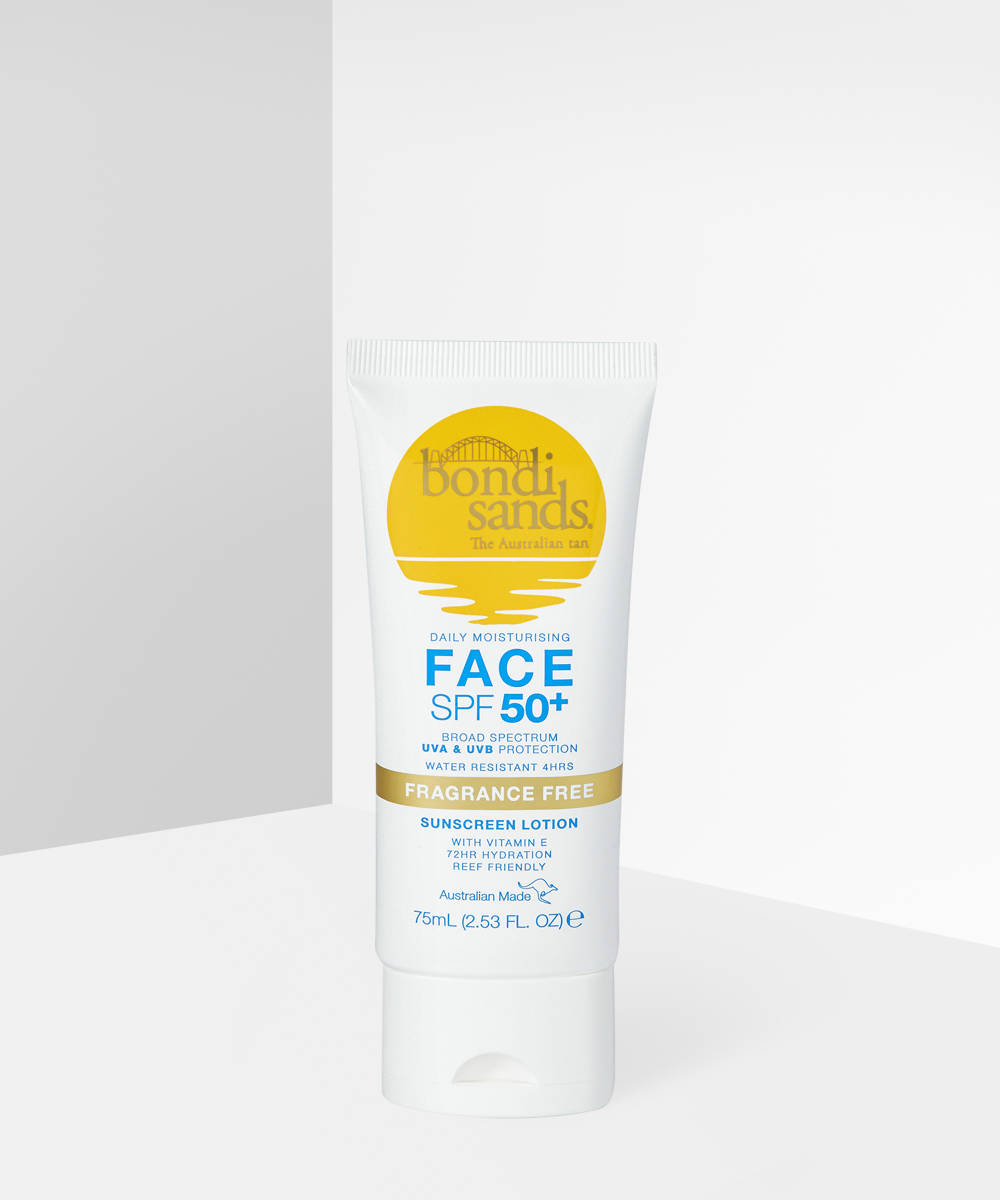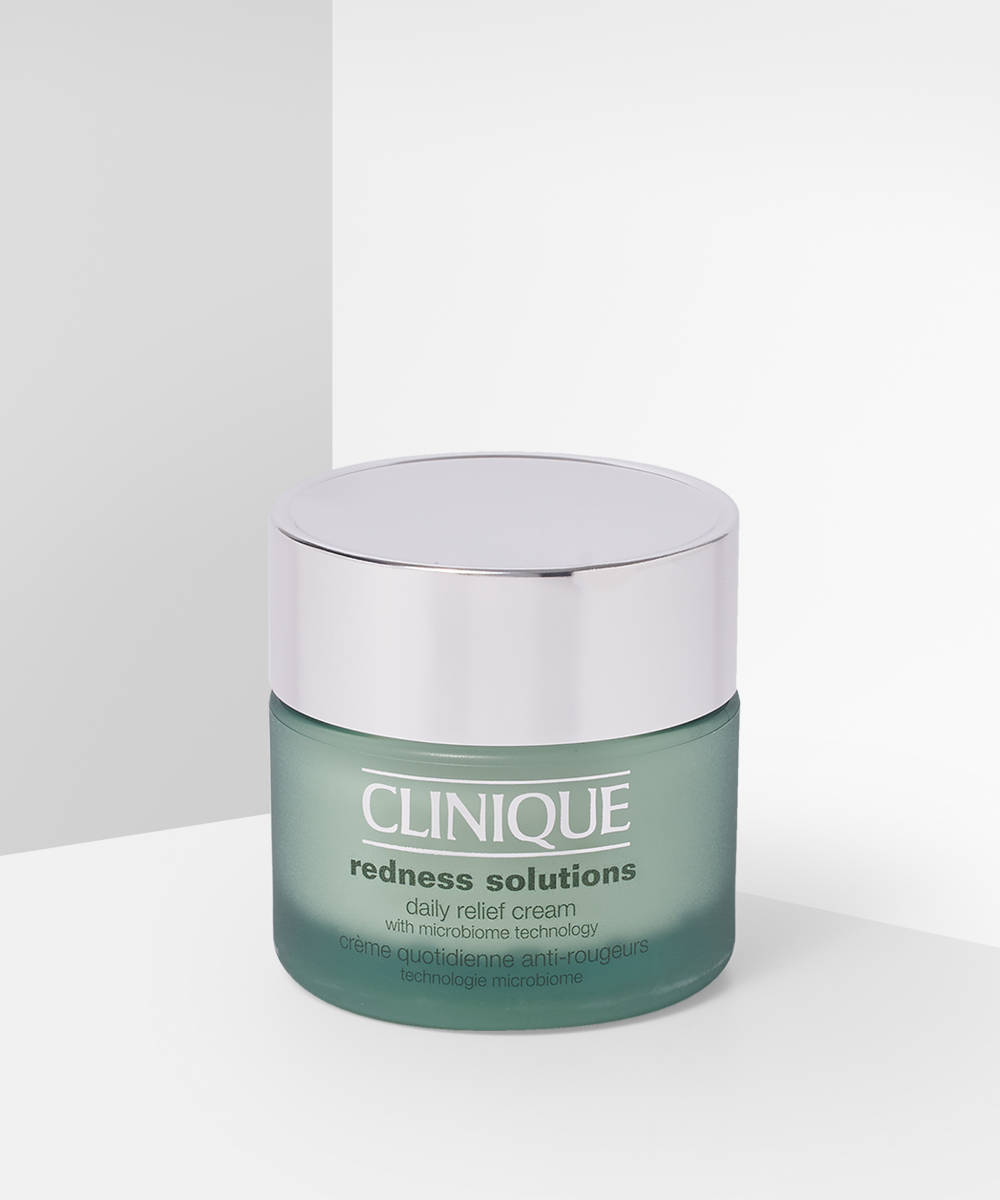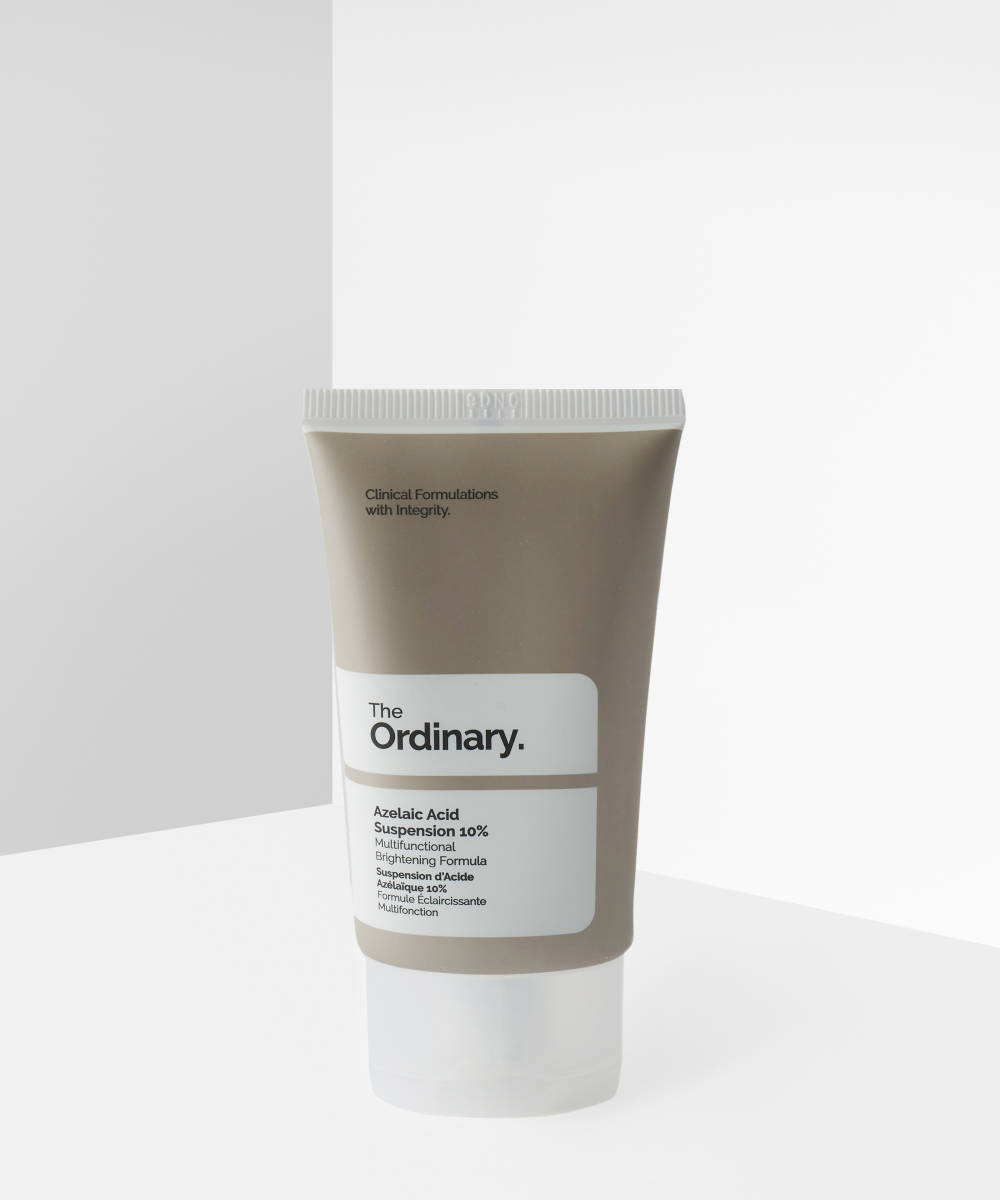Dear Grace,
What is rosacea and what are your tips for managing it? I’ve been prescribed antibiotics previously which helped, but I don’t want to rely on them. My doctor was unable to give me any useful advice or product recommendations so I’d appreciate any tips you can give me!
Daisy
Rosacea is a really common skin concern, affecting an estimated 415 million people worldwide. In fact, a lot of people don’t even realise they have it – it’s often mistaken for acne or general redness. The first (and most obvious sign) of rosacea is redness, typically most prominent in the centre of the face around the nose, but often blooming outwards across the cheeks and forehead. If you have darker skin then the redness may be less noticeable but you will likely feel a stinging or burning sensation on those areas when applying products or washing your face.
Other symptoms include visible red veins, dryness, swelling, and small red bumps (often pus-filled like spots) on the face. Over time, the redness can become darker and almost purple in tone, and effected skin may feel thicker. Rosacea is a relapsing condition, which means it can go through good and bad phases, usually triggered (known as a flare up) by factors such as sun exposure, extreme temperatures, harsh or irritating products, diet, stress, alcohol, hormones, and even some medications. Some of the more common triggers of rosacea include seemingly harmless things like spicy foods, caffeine, hot drinks, windy weather, or aerobic exercise. I’d recommend keeping a track of the above alongside your skin’s reaction and see if there’s any correlation – if you notice symptoms worsen after eating a curry or spending time in the sun, you’ve identified your trigger and you can cut it out.
Doctors typically prescribe topical medication (creams and gels) or antibiotics for rosacea but of course, that still leaves you with the dilemma of ‘what else can I put on my face?’, especially if you want (and like!) to have a routine that exists outside of a single medicinal white tube.
Rosacea-prone skin will fare best in a routine that focuses on simplicity. Gentle cleansers, basic creams, and soothing anti-inflammatory ingredients like cica, mushroom, niacinamide, and green tea are a good place to start. As always, a high factor SPF is essential – sun exposure will exacerbate any inflammatory skin condition and rosacea is no exception. Doctors will often prescribe an azelaic acid-based cream or serum for rosacea, so that’s another great ingredient to look out for – it works fast and hard to decrease swelling and redness. Avoid products that are likely to irritate – anything heavy in alcohol or fragrance, witch hazel, essential oils like peppermint and eucalyptus, and exfoliants like scrubs or glycolic acid toners. If you can identify your triggers and build a routine that works for you then you’ll probably be able to keep future flare-ups under control, but if you were to experience one, I’d advise stripping things right back to the bare minimum until your skin has calmed down.
If you’re reading this and suspect you have rosacea then it’s best to make an appointment with your doctor for an official diagnosis, but a low-key skincare routine featuring some of the below products would be a good place to start. Good luck!
Grace's Top Product Picks For Rosacea
If you have a question for our resident beauty editor and esthetician Grace Day, tweet us at @beautybay using the hashtag #AskGrace for a chance to be featured.
